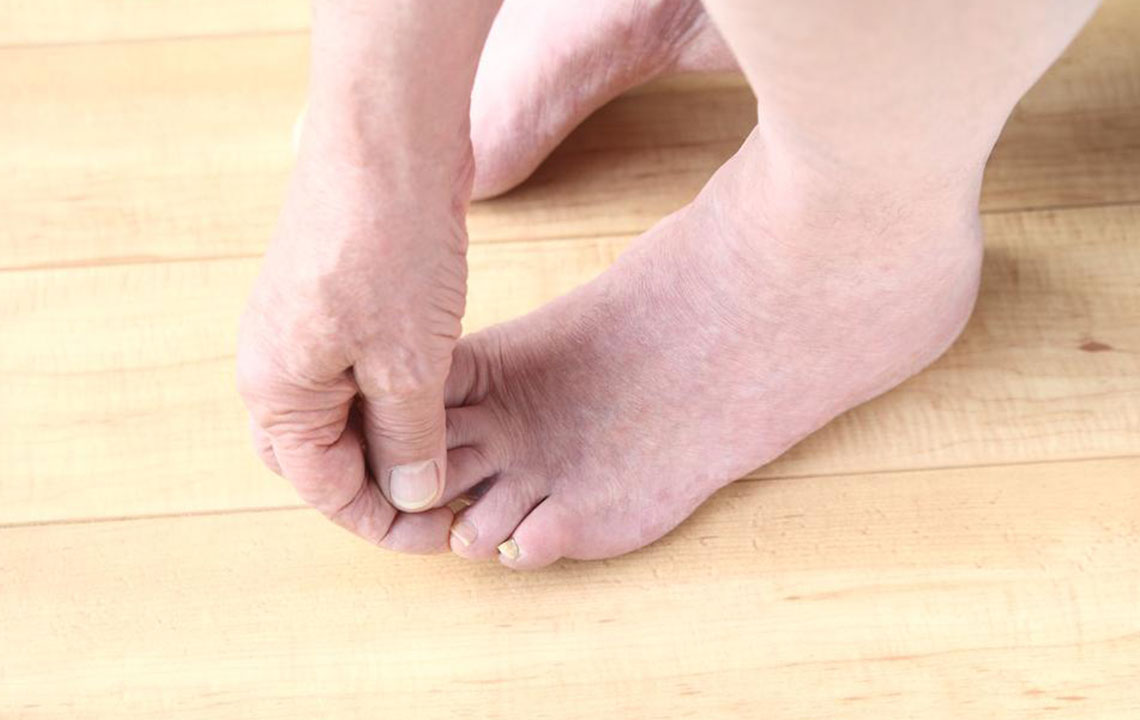Comprehensive Overview of Causes Behind Leg Muscle Discomfort
Leg muscle discomfort can stem from various causes like aging, nerve issues, injuries, or blood clots. This detailed guide covers common reasons behind persistent leg pain and offers practical advice for effective management and prevention. Understanding these factors is essential for maintaining healthy, pain-free legs at any age. Seek medical attention if symptoms persist to ensure proper diagnosis and treatment.

Understanding the Causes of Leg Muscle Discomfort and How to Address Them
Leg muscle discomfort is a common issue that many individuals experience at some point in their lives. This discomfort can manifest in various forms, including tingling sensations, persistent aches, painful cramps, weakness, numbness, or a combination of these symptoms. Such sensations can occur in different parts of the leg, including the thighs, knees, calves, and ankles. Recognizing the root cause of these symptoms is crucial for effective management and treatment. In this comprehensive guide, we explore the primary causes of leg muscle discomfort, including age-related deterioration, nerve issues, injuries, blood clots, and other medical conditions, along with practical approaches to prevention and relief.
Degeneration of Joints and Muscles Due to Aging:
As we age, our bodies naturally undergo changes, including the gradual decline of bones, joints, and connective tissues. This deterioration can lead to discomfort and reduced mobility in the legs. Conditions such as osteoarthritis, characterized by joint cartilage breakdown, are common culprits that cause pain, stiffness, and inflammation in the knee and hip joints, often radiating to adjacent muscles. Osteoporosis, another age-related condition, weakens bones making them more susceptible to fractures and pain.
Additionally, overuse of tendons, such as Achilles tendinopathy, results from repetitive stress over time, leading to inflammation and discomfort. General wear and tear from daily activities can exacerbate these issues, contributing to persistent leg pain that affects quality of life. Managing these degenerative conditions often involves physical therapy, medications, lifestyle modifications, and in some cases, surgical intervention.
Nerve Damage and Neuropathy:
Unhealthy blood sugar levels, especially in individuals with diabetes, can adversely affect nerve health, leading to peripheral neuropathy. This condition often results in symptoms like tingling, numbness, burning sensations, and weakness in the legs, impacting mobility and daily activities. Age-related nerve degeneration can also be a contributing factor, causing diminished sensation and discomfort. Proper management of blood sugar levels, medications, and lifestyle adjustments are essential to prevent or slow nerve damage and improve symptoms.
Trauma, Overexertion, and Physical Injuries:
Engaging in intense physical activities such as running, cycling, or manual labor can cause muscles to strain or sustain injuries. These injuries include muscle pulls, tears, or overuse injuries, which often lead to localized pain and discomfort during movement. Rest, ice application, compression, elevation, and physical therapy are common treatments that aid recovery. Ensuring proper warm-up exercises, adequate rest periods, and correct techniques help prevent muscle strains and injuries.
Blood Clots (Deep Vein Thrombosis):
Deep vein thrombosis (DVT) is a serious condition where blood clots form in the deep veins of the legs. Symptoms include swelling, redness, warmth, and persistent pain that may worsen over time, especially around the calf and thigh areas. DVT requires immediate medical attention to prevent life-threatening complications like pulmonary embolism. Risk factors include prolonged immobility, smoking, certain medical conditions, and surgical procedures. Diagnostic tests, effective anticoagulation therapy, and lifestyle modifications are essential in managing this condition and preventing recurrence.
Overall, persistent leg muscle discomfort should not be ignored. Consulting a healthcare professional is critical to diagnosis and tailored treatment planning. While some causes are manageable through lifestyle changes and physical therapy, others may require more intensive medical interventions. Recognizing symptoms early and adopting preventive measures can significantly improve your quality of life and mobility.





